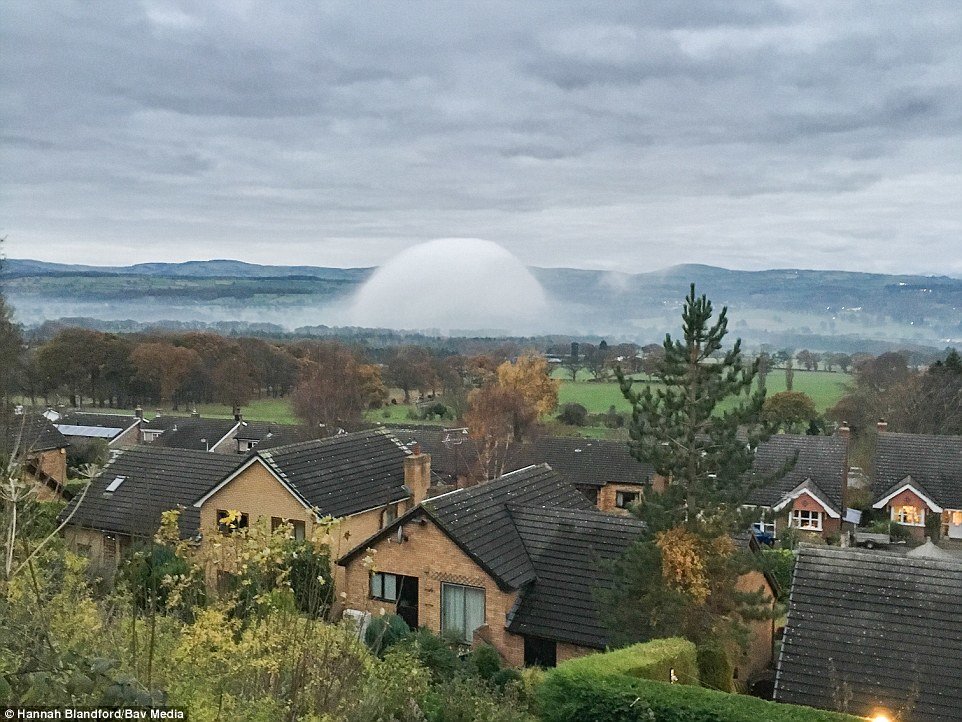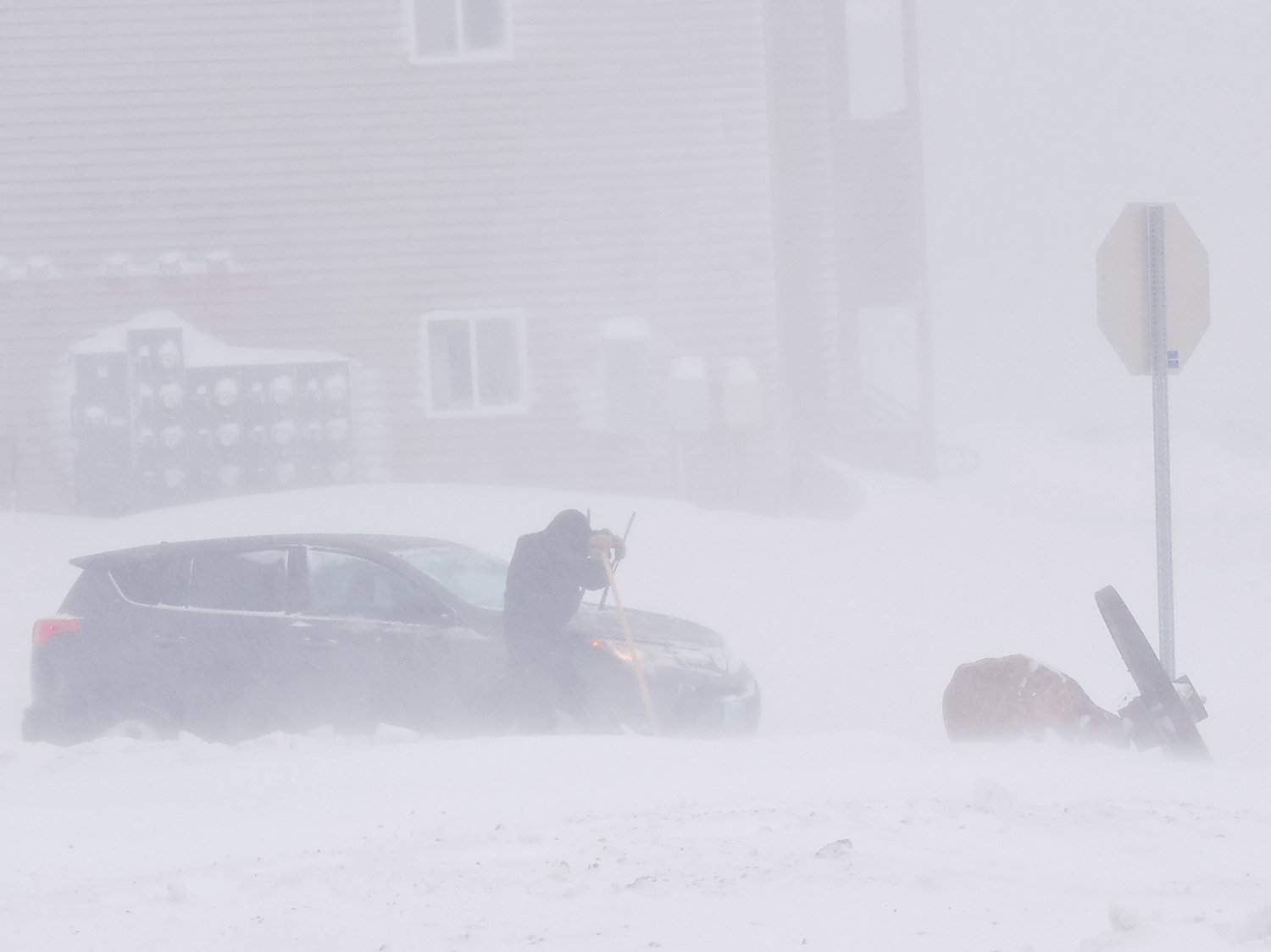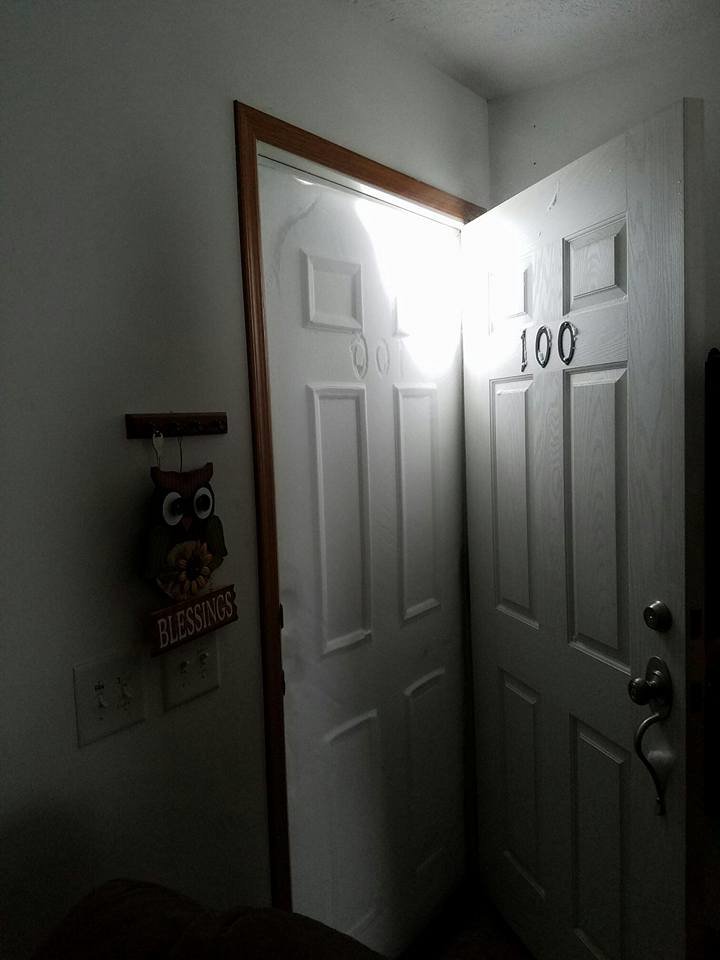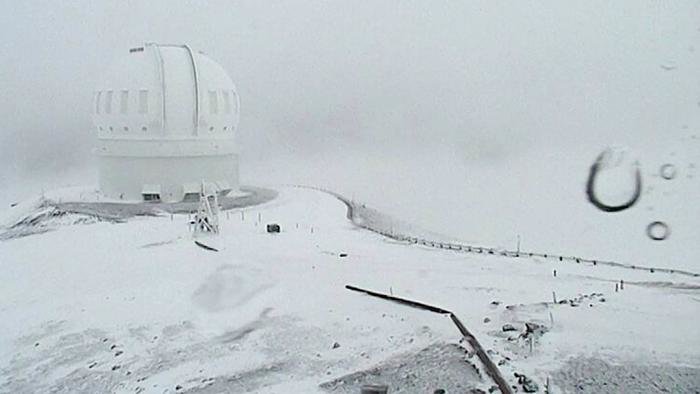
A rare UFO-like 'fog dome' (pictured here) was spotted by a dog walker in North Wales yesterday morning at 8am
Temperatures are expected to drop below freezing this weekend, prompting health officials to warn that the chilly conditions can be deadly.
Cold weather alerts have been issued for much of the country as forecasters expect 'severe cold weather' to set in today.
A rare UFO-like 'fog dome' was spotted by a dog walker in North Wales yesterday morning at 8am.
Hannah Blandford was with her pet in the village of Tremeirchion when she came across the spectacle which has been dubbed an 'alien pod'.
The 33-year-old who works as a teacher told
The Sun: 'I couldn't believe how perfectly dome shaped it was, it looked amazing, so I had to take a photo. I'd never seen anything like it before, it was really quite special.
'I watched it for about 10 minutes and then the dome started to flatten and it looked like very thick low lying cloud. It spread out across 12 fields and covered a huge area.'
Forecasters think the fog dome was caused by heat rising up from the ground.

Forecasters think the fog dome was caused by heat rising up from the ground. Hannah Blandford, 33, was with her pet in the village of Tremeirchion when she came across the spectacle




Comment: